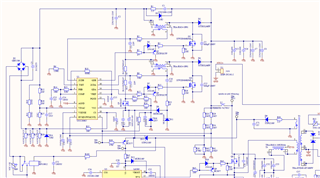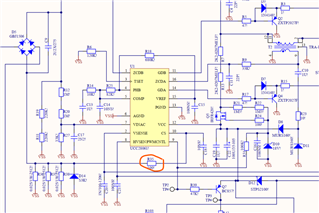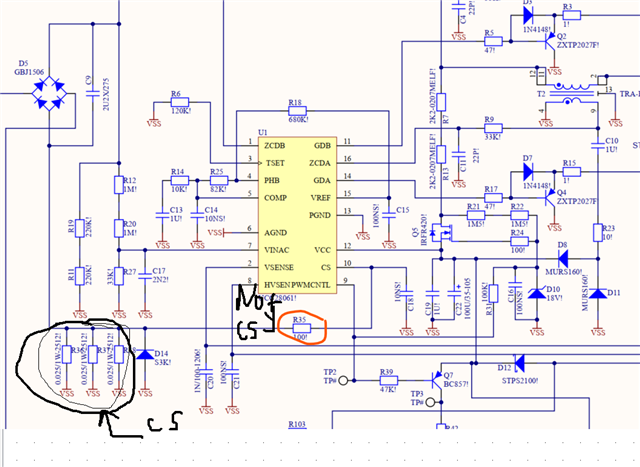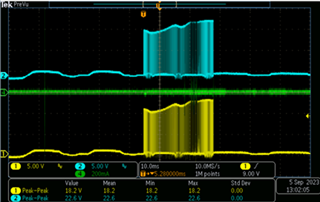Dear TI Team,
We've encountered an issue with our design that employs the UCC28061 with two power MOSFETs, which are experiencing occasional failures.
Originally, we utilized the STP25NM60ND MOSFETs for this purpose. However, since this MOSFET has become obsolete, we attempted to replace it with a similar, even stronger MOSFET. Surprisingly, this change led to an increase in failures from 0.5% to 10%.
Upon receiving RMAs back from our customers and attempting repairs by replacing the MOSFETs, we've noticed that the circuit may not function properly afterward. Despite conducting extensive investigations into the circuit, we've been unable to pinpoint the root cause of the issue.
I've attached a section of the circuit below for reference. As depicted, the MOSFETs Q1 and Q3 are the components most frequently affected by failures.
I'm reaching out to gather your insights and expertise on this matter. Perhaps other customers have encountered similar issues, although I haven't been able to locate any relevant discussions in the TI forum. Given that we've been using this circuit design for over 11 years and have continued to sell it to our customers, it's concerning to see the rise in RMAs recently.
Your input would be greatly appreciated.
















